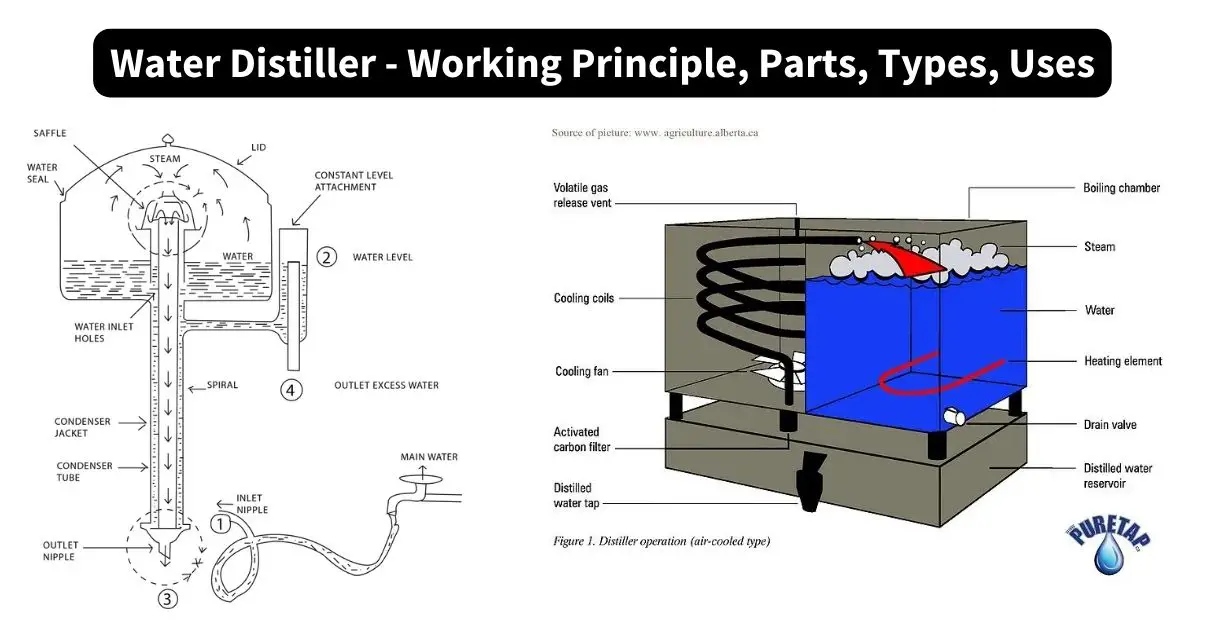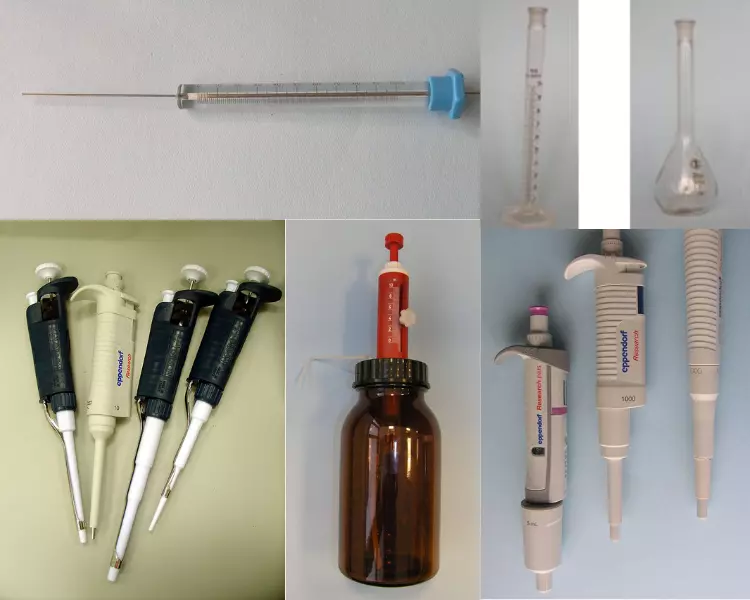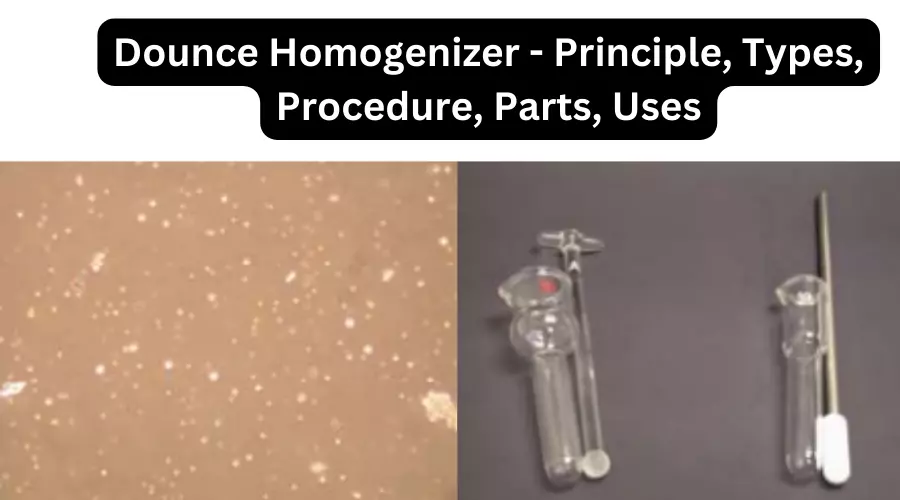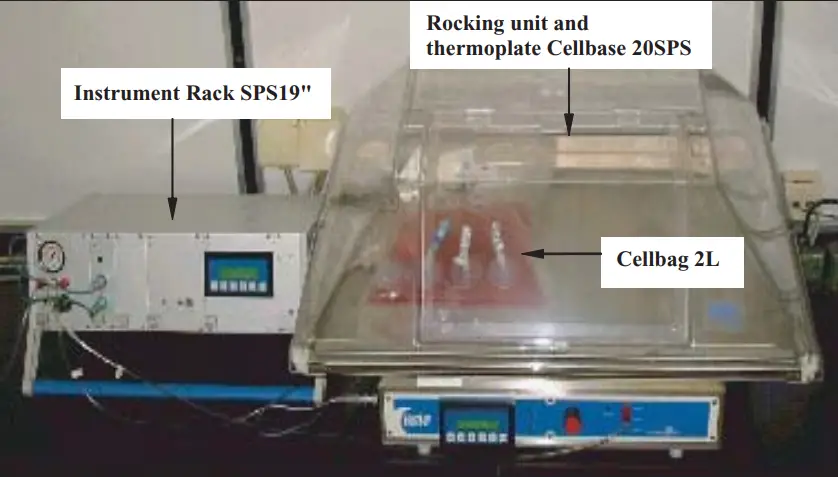Decanter centrifuge – Principle, Types, Parts, Uses
What is Decanter centrifuge? Working Principle of Decanter Centrifuges Operating on the basis of buoyancy, a decanter centrifuge separates While a less dense component would float on top, a component with more density would naturally sink to the bottom of a mixture. In a decanter centrifuge, constant spinning improves the speed of settling and generates … Read more









